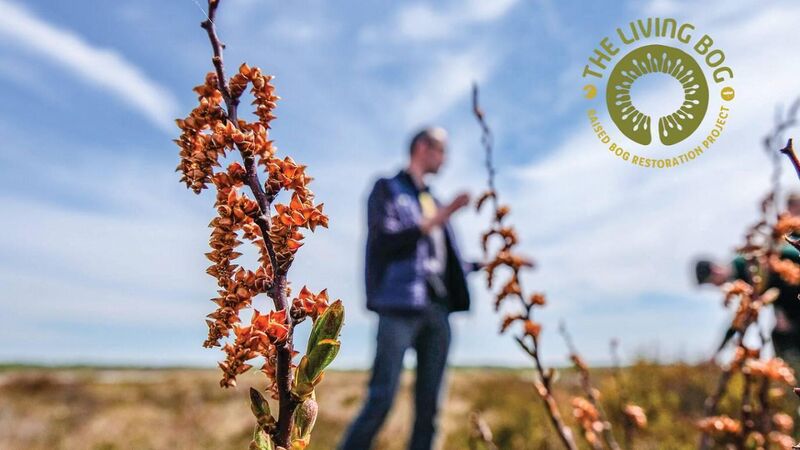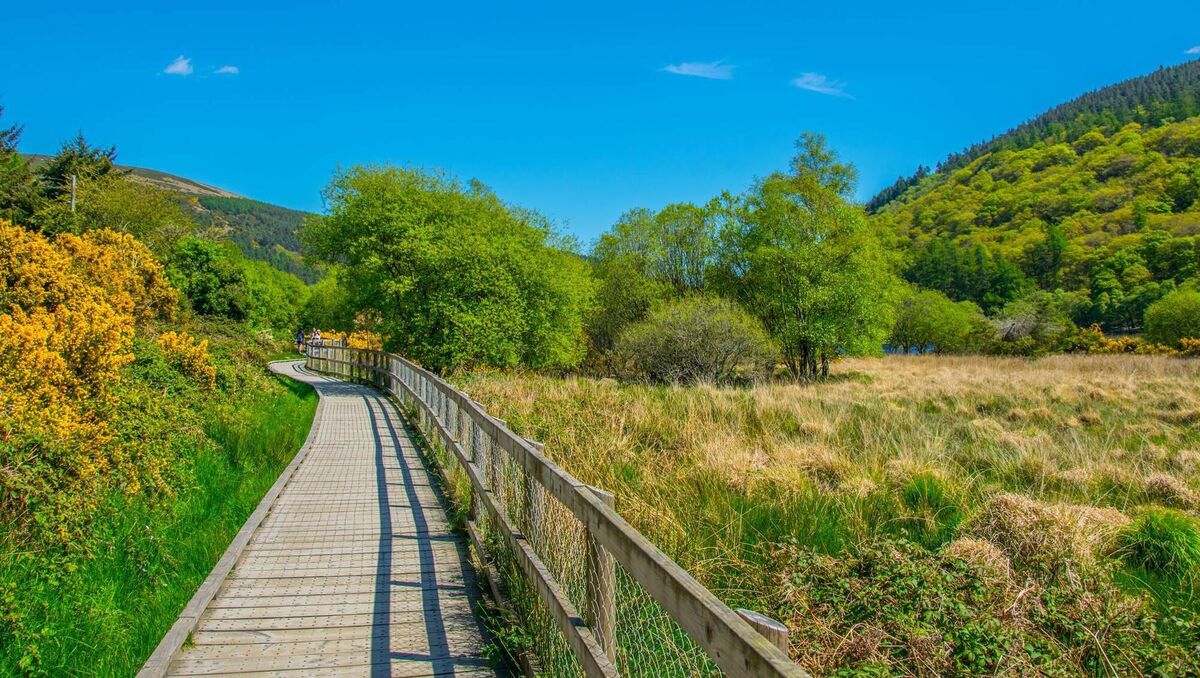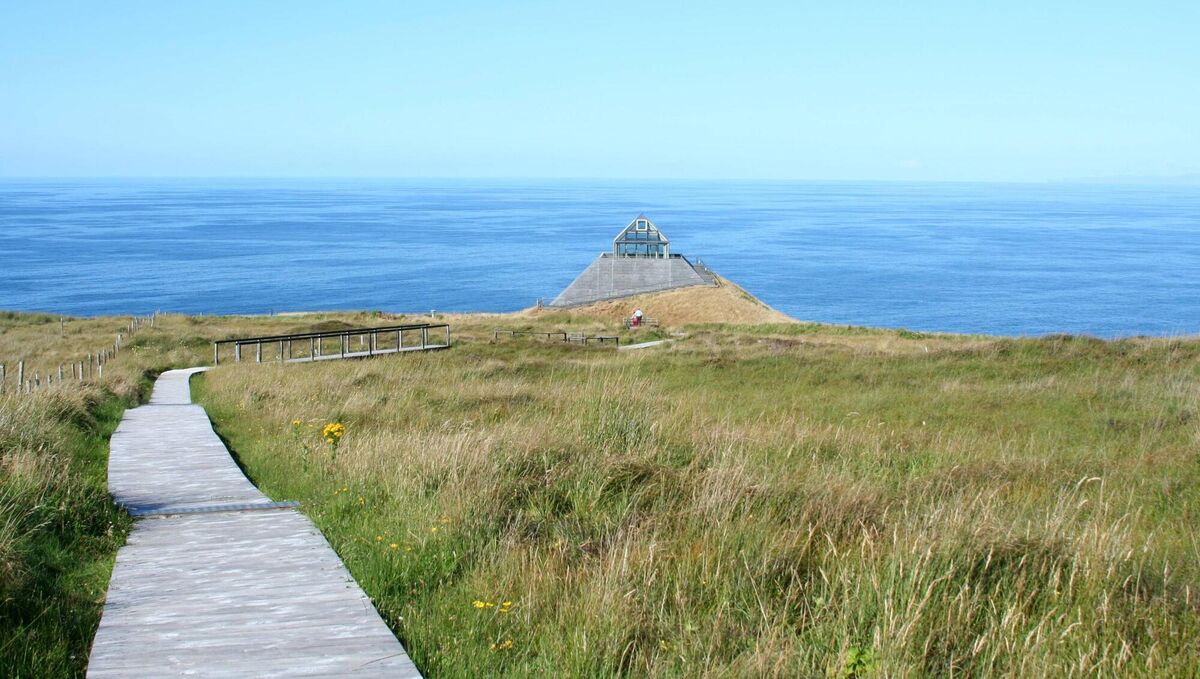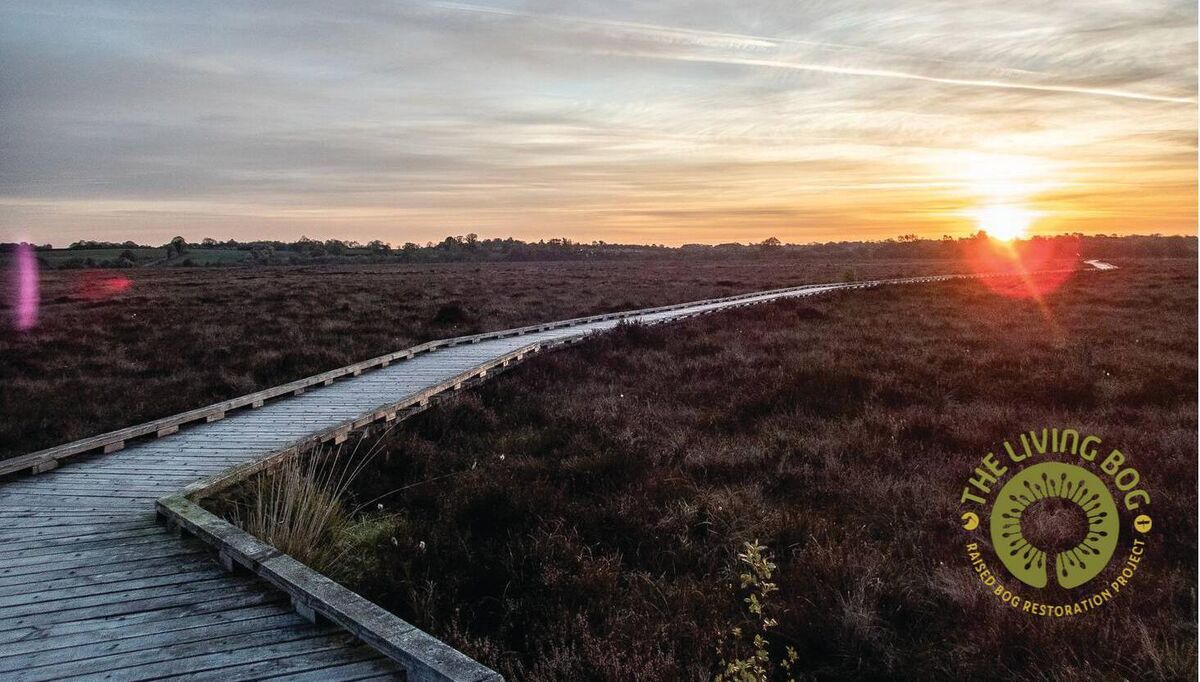People engage with ground level climate change solution

The Living Bog Project is the largest raised bog restoration project ever undertaken in Ireland.
Future generations will look back at The Living Bog Project as a measure for how real community engagement can help save an endangered ecosystem.
At least, that is the hope. The EU-funded project has certainly captured the imaginations of adults and children alike.
The Living Bog Project plans to re-create over 750 hectares of active raised bog and improve 2,649 hectares of bog habitat – the equivalent of almost 7,000 Croke Parks.
Formally launched in 2016, The Living Bog Project is the largest raised bog restoration project ever undertaken in Ireland.
Ronan Casey, Public Awareness Manager of The Living Bog Project, says: “The five-year project is working on 12 Raised Bog Special Areas of Conservation/Natura 2000 sites across seven counties in the Midlands, to help in the fight against climate change.”

Local communities have been the driving force behind initiatives like the Carrowbehy looped bog walk. The 4km walk is fairly typical of the five bog protection projects initially projected by local interest groups in Co Roscommon.
Supported by around €100,000 in EU funds managed through local and national authority agencies, the 14-person Gorthaganny Community Development Company (GCDC) started out with modest ambitions.
The project has inspired an enthusiastic response from local communities. The Carrowbehy looped bog walk features one kilometre of timber boardwalk. Local schools have used the facility to teach their students about the importance of protecting their local environment. People enjoying walks through the protected bogs learn about these unique ecosystems, getting a first-hand view that inspires them to become active supporters of the overall project.

The second project was the extension of the two-kilometre Errit Lodge Loop Walk, delivering improved access, path upgrading, and fencing. The local iconic Marian Hall, first built in 1956, is to feature “a Bog Walk Visual Display”, as part of a significant upgrade of the hall.
Similar projects have really inspired heartwarming engagements among local communities throughout the areas featured in The Living Bog Project.
Taking advantage of generous EU funding, the bogs now feature facilities such as visitor centres that inform people about the environmental value of raised bogs while also promoting the importance of renewable energy and related topics.
The project's benefits to local communities have included public amenities including slipways, bathing areas, car parks and boathouse developments, along with caravan facilities, and visitor facilities including showers, toilet facilities as well as general road work upgrades.

The Living Bog Project has been made possible by the EU LIFE14 Programme for Environment and Climate Action (Nature & Biodiversity) which funds €4.6 million, and the Government which funds €5.4 million.
“The EU funding has helped us to completely restore the eco-hydrological functions of six of the 12 raised bogs,” says Ronan Casey.
“Restoration works are presently ongoing on two other sites, with works now beginning on the final four. Over 12,000 peat dams will be used to block almost 200km of drains that are taking water from the bogs.
“We have currently installed over 6,300 peat dams and we are seeing the return of pioneer raised bog vegetation and species. Restoration works are going very well.” Ireland’s raised bogs are among Europe’s oldest near-natural ecosystems, dating back over 10,000 years. Protected under the EU Habitats Directive, they are home to many rare and endangered flora and fauna, and they are Ireland’s greatest carbon stores.
It is estimated that a 15cm thick layer of peat contains more carbon per hectare than a tropical forest. Peat covers over 20% of the landscape in Ireland and is estimated to store over 1,000 million tonnes of carbon. Carbon capture is essential to life on earth.
Over 200 years ago, there were over 800,000 acres of intact raised bogs across the Irish midlands. However, since then, they have been exploited as a source of cheap fuel which depleted the areas. Approximately 8% is deemed suitable for restoration/conservation today and less than 1% is said to be active, living bog (still capable of growing).

This article is the second in a series of stories promoting positive environmental actions in Ireland, in which the European Commission in Ireland is showing the work that has been done by people living in Ireland to engage with and try to protect their natural environment.
ec.europa.eu/ireland/12-stories
“In leading this green transition by example, we can help convince other countries to move forward with us to a safer and more prosperous future,” said Gerry Kiely, Head of the European Commission Representation in Ireland.
The European Commission is committed to delivering a Green Deal for Europe: a package of far-reaching reforms and new policy initiatives to make the EU the world’s first “climate-neutral continent” by 2050. It will make the EU’s economic recovery sustainable and inclusive.







